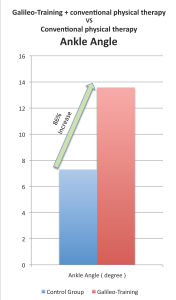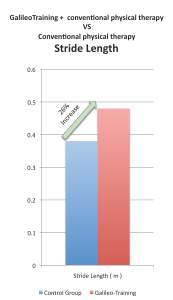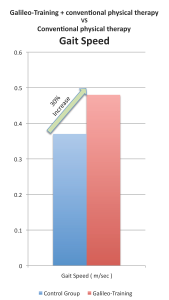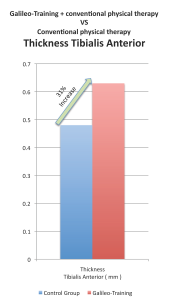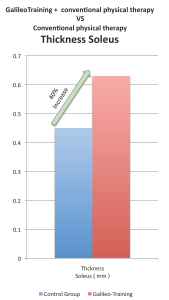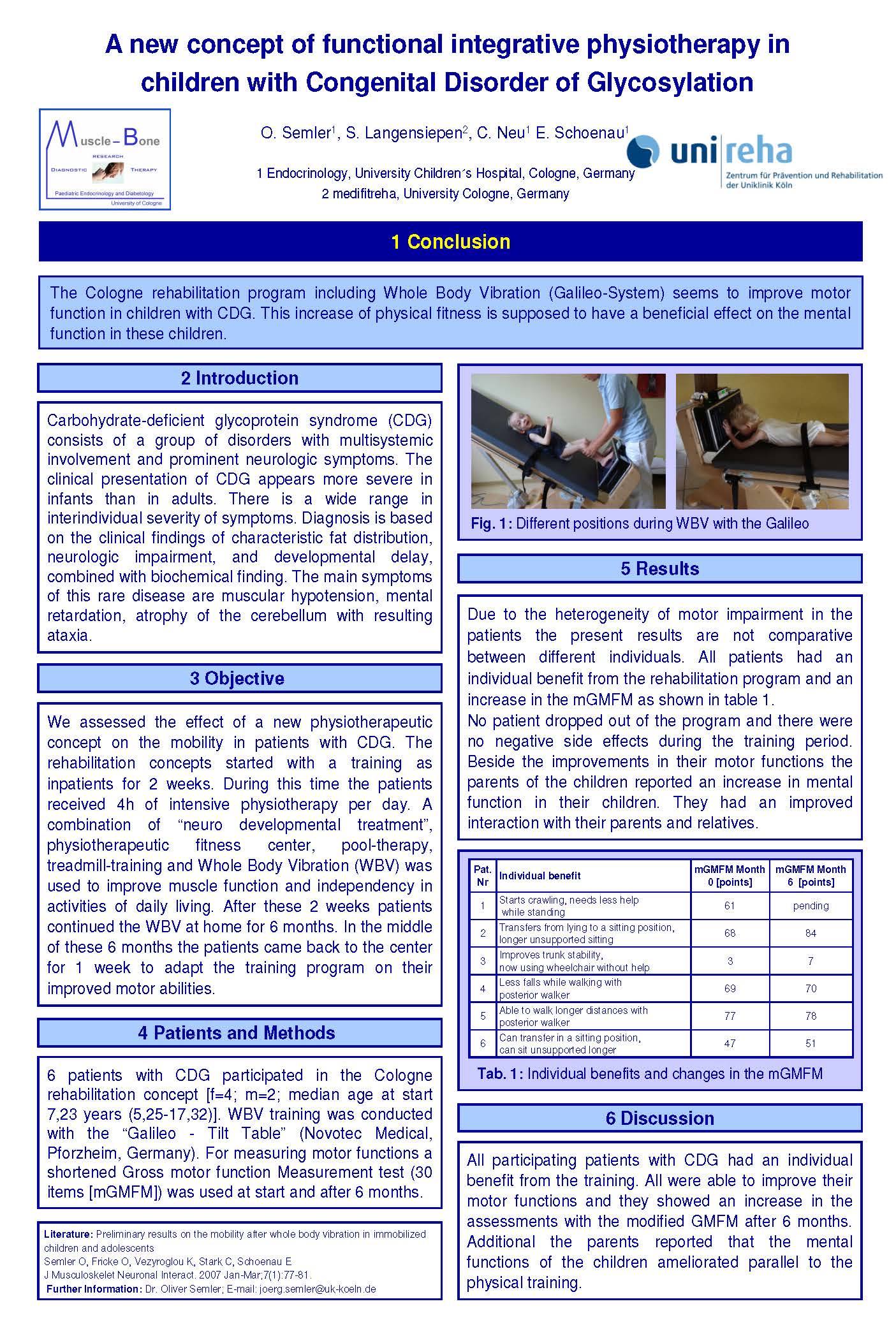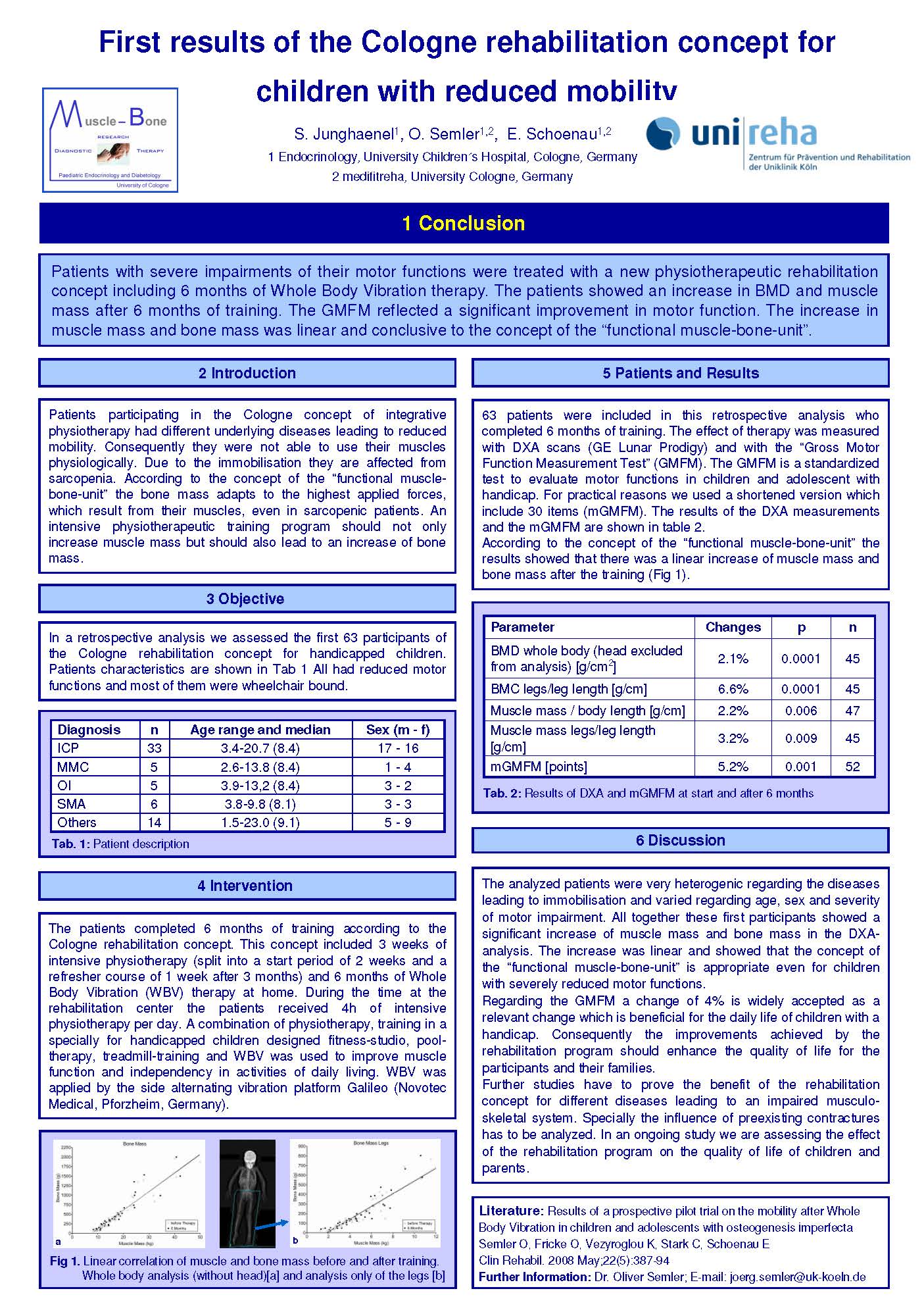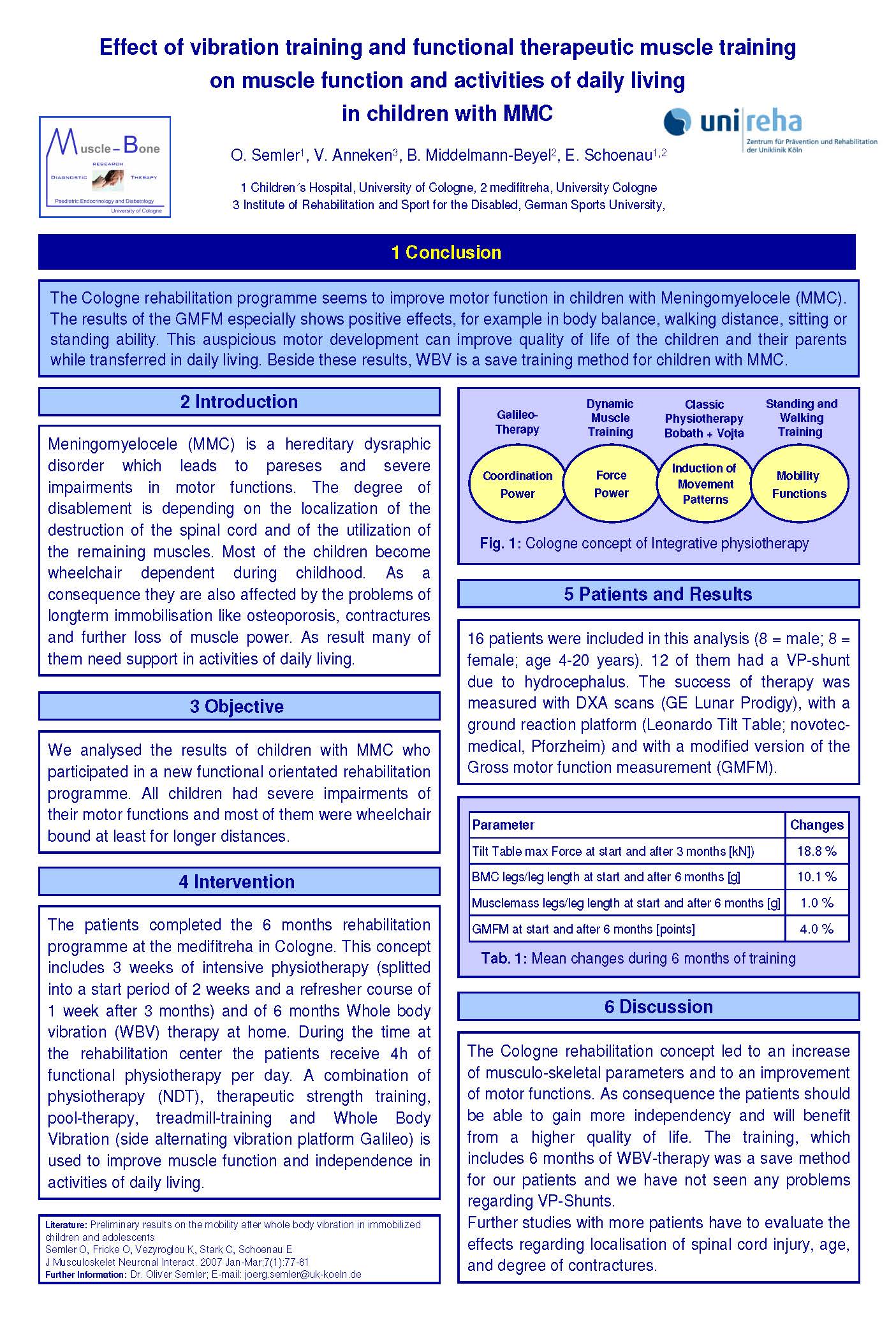Colorectal Dis. 2012 Nov;14(11):e779-85. doi: 10.1111/codi.12021.
Whole-body vibration for functional constipation: a single-centre, single-blinded, randomized controlled trial.
Wu TJ, Wei TS, Chou YH, Yang CP, Wu CL, Chen YC, Liu SY.
Source: Department of Physical Medicine and Rehabilitation, Changhua Christian Hospital, Changhua, Taiwan.
Abstract
AIM: The aim of this trial was to determine whether whole-body vibration (WBV) induced via a noninvasive oscillation platform could improve symptoms and health-related quality of life (HRQOL) in patients with chronic functional constipation.
METHOD: A single-blinded, randomized controlled trial was performed in a single hospital in Taiwan. Patients diagnosed with chronic functional constipation, as per the Rome III diagnostic criteria, were included and randomized to either the WBV treatment or no treatment (control) group. The treatment group received six 15-min sessions of WBV therapy over a 2-week period. Patients received vibrations of 2 mm in amplitude at a frequency of 12 Hz. The primary outcome was whether constipation symptoms improved, assessed by the constipation severity instrument (CSI) and the secondary outcome measure was whether there was an improvement in HRQOL.
RESULTS: Whole-body vibration therapy over a 2-week period in patients with chronic functional constipation (n = 14) significantly reduced the total CSI and obstructive defaecation subscale scores compared with control (n = 13). However, WBV did not improve the pain and chronic inertia subscale scores of the CSI or HRQOL.
CONCLUSION: These findings suggest that low-intensity WBV induced via a noninvasive oscillation platform may be an effective therapy for reducing symptom severity in patients with chronic functional constipation.
© 2012 The Authors. Colorectal Disease © 2012 The Association of Coloproctology of Great Britain and Ireland.
PMID:22966839

